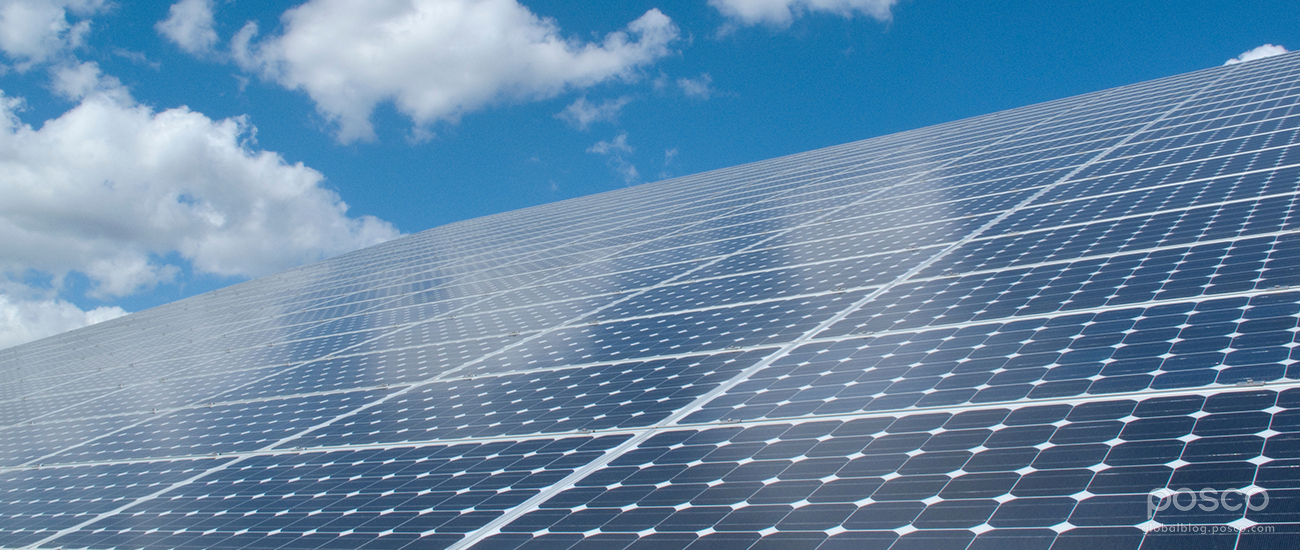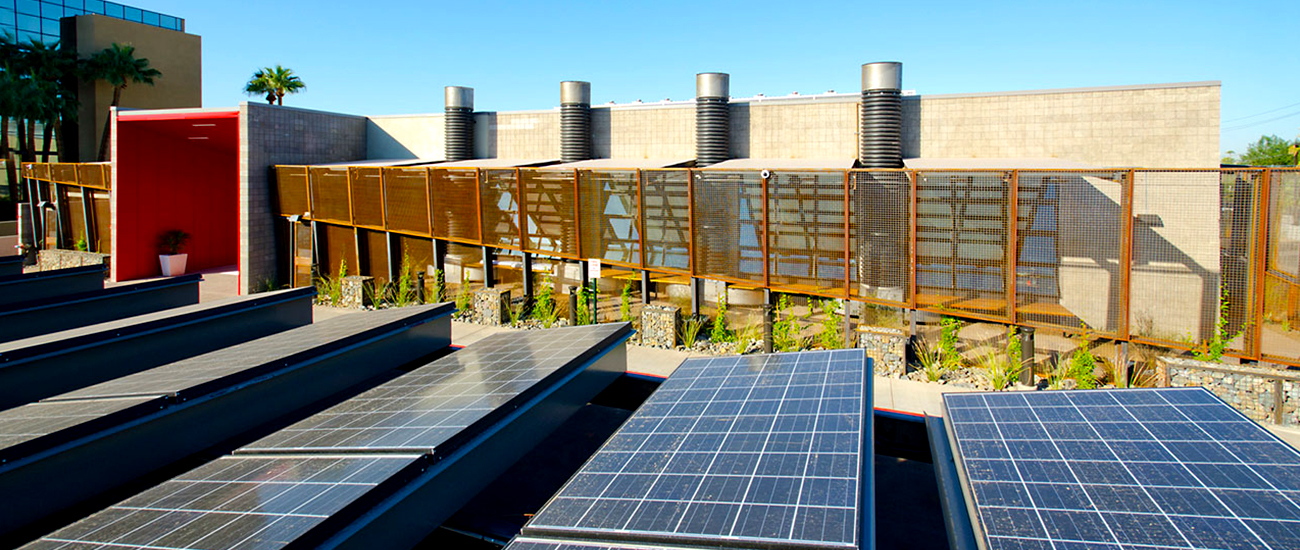Buildings have a great impact on the environment, which has led to builders and homeowners becoming more concerned about sustainability. A lot of energy is required to construct buildings as well as to power them – around 30 to 40% of the energy used worldwide comes from them – so it’s difficult not to notice their gross effect on our planet.
Steel has become a crucial ingredient for our effort towards a greener future, and we can see it becoming more popular as eco-friendly methods gain momentum over conventional building techniques in the construction industry.
So what makes steel such a valuable material for energy-saving homes? Several reasons can explain to the prospective homeowner as to why the metal should be highly considered for a more sustainable future.
Recyclable and Durable
Steel is one of the most recyclable materials in the construction industry – and this is due to its reusability. It does not wear down after years of use, and can easily be repurposed for other uses without losing any of its original properties. The metal is considered 98% recyclable, which is more than almost every other material used for building.

Building frames are one of the core construction elements that developers like to use steel for, since reliability is an appealing characteristic for composing structural foundations.
When steel is used for a project, each piece is manufactured for a specific purpose and custom designed to fit the structure. Wood and other materials usually come to the construction site in freeform, so when it becomes tailored to fit its designated place, the excess parts produce waste when discarded.
Conservation Practices
Since it’s considered one of the strongest materials on the market, steel can also support thicker layers of insulation without affecting its overall structure. Thicker insulation lets homes maintain ideal temperatures in hot or cold weather, which ultimately cuts costs on energy bills.
Steel’s high strength to weight ratio also lets it require less material than traditional building technologies, which could result in saving 30 to 70% more in natural resources. The lighter structures contribute to a 30% reduction of CO2 emissions during construction.

Solar panels are another way that steel frames are able to reduce energy and cut costs. Steel is strong enough to support solar panels, and, also, a typical return on investment for a solar panel is 15-20%.
Environmentally Sound
One of the greatest characteristics of steel is that it is impervious to mold and termites. Unlike wood or other natural materials, it does not require any special management to prevent mold, decay or insect infestation – excellent for buildings that can stand the test of time.
Steel is also resistant to natural occurrences, such as snowstorms, earthquakes and floods. In current times, where earthquakes have become more frequent in different parts of the world, it’s reassuring to know that steel homes can resist earthquakes up to 7.9 on the Richter scale.
Water damage is also not a problem for steel, hence contamination from mold and insect infestations are not common issues for building owners.
Modular Convenience
There are two green building techniques that have spearheaded trends outside the traditional methods of building, and steel plays a primary part in both processes.
Prefabricated homes, or homes that are manufactured off-site, are structures that come in standard sections that can be easily shipped and put together. They save a lot of time and money, especially since less specialized workers are needed and the frames are created for immediate assembly.
Many prefab parts are made from steel, due to its flexibility to be formed into interesting and customizable designs. Some of the more advanced steel frame systems are made to be extremely lightweight and precise – they are often laser cut to produce a prefab foundation that is modern while eco-friendly.
Raised metal frames also have a low carbon footprint and are less intrusive to the surrounding ecosystem, since modular homes do not require a lot of site modification.
Zero Waste
Another type of building, zero-energy buildings, have also caught steam in modern sustainable construction.

Zero-energy buildings (ZEB), or net-zero energy buildings (NZEB) are defined as buildings with zero net energy consumption – meaning the annual amount of energy used per year is almost equal to the energy produced on site.
They’re specially designed to use renewable energy sources, such as solar and wind power, allowing them to operate independent of the electric grid that chains traditional homes. Steel’s role in zero-energy buildings begins in the steel beams that form the skeleton, attributing to these homes’ high ceilings and large interiors, which also help save energy.
Also, as people started to realize the negative environmental effects buildings can have, governments are developing codes and standards to make them more sustainable. Long-lasting steel not only supports green building, but also reduces costs – another important reason zero-energy buildings are gaining interest.
Steel for the Long Run
As more and more people become interested in green building, the use of steel for these purposes has steadily grown steadily. Cold-formed steel is considered to be the highest in terms of sustainability, and has even become recognized in major green building programs.
With people and even local governments becoming more interested in prefabricated homes and zero-energy buildings, we are bound to see the usage of steel develop in the years to come.
